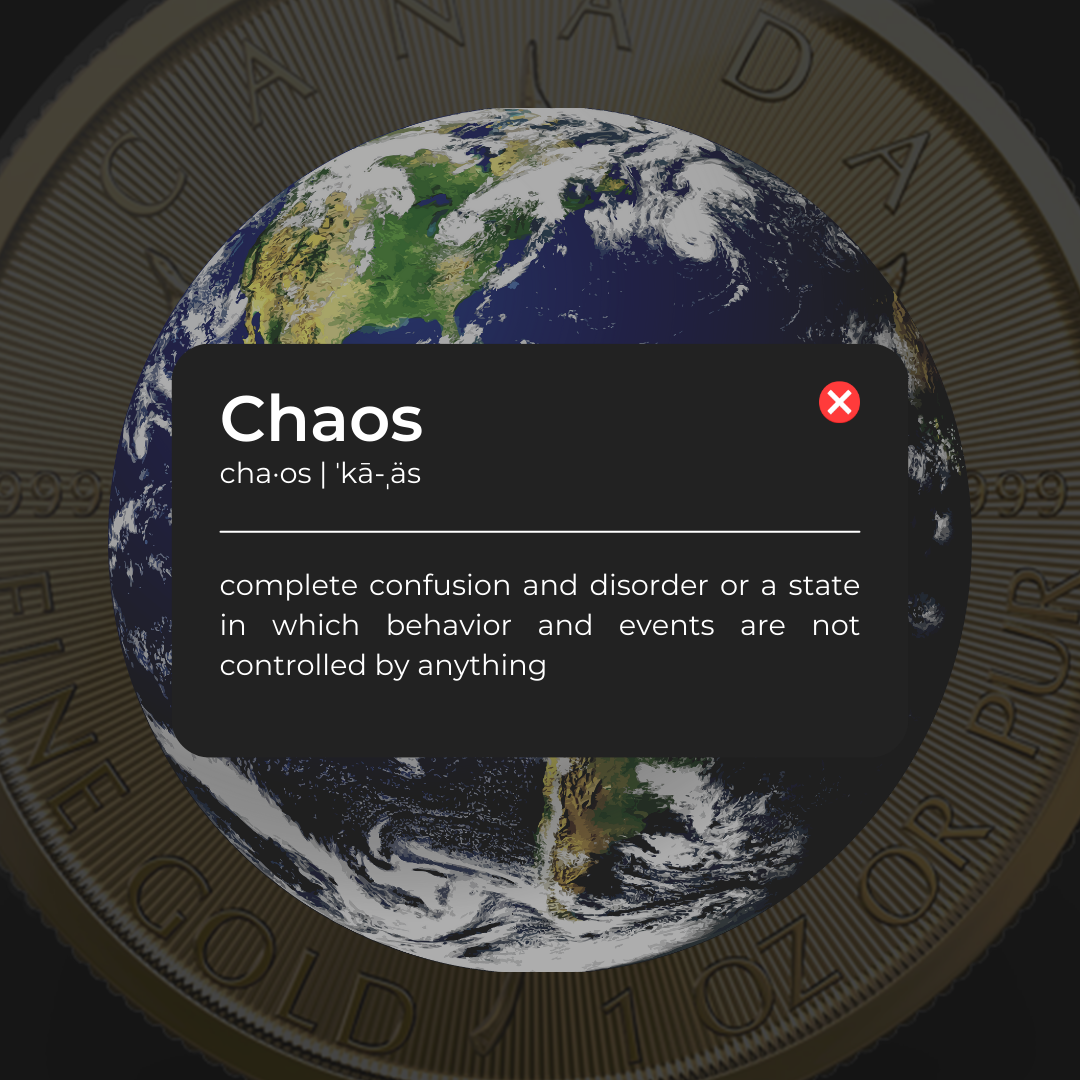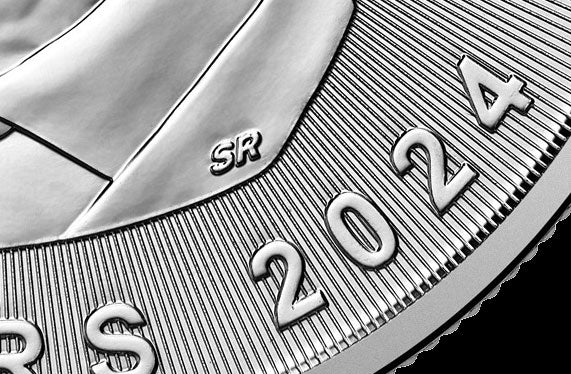As we prepare to share this update, gold is experiencing a significant boost due partly to ongoing geopolitical tensions globally. The conflict between Israel and Gaza has prompted investors to seek refuge in safe-haven assets, with gold emerging as a prominent choice. However, in the weeks leading up to this report, gold faced challenges from two major factors: a strengthening US Dollar and a bond market sell-off. Despite these pressures, gold held its ground reasonably well. Towards the end of September, though, it started to falter, with the 50-day moving average (DMA) price dropping below the 200-DMA, a phenomenon known as a "death-cross" in technical analysis. Despite its ominous name, this marker often indicates a new foundation for the asset. True to this pattern, gold has made a significant comeback despite escalating bond and currency challenges.
The current instability in the Middle East is a stark reminder that geopolitical, financial, or economic stress can erupt suddenly. Having an 'insurance asset' before such events occur is crucial, making gold a strategic and valuable choice. While institutional interest in gold has been subdued for months, retail solid demand persists, particularly in China and Turkey. Additionally, central banks have remained active in the gold markets, a trend we anticipate will continue. While demand in these regions may seem localized, global institutional investors will increasingly seek hedging tools due to growing concerns about global risks, both geopolitical and financial.
Admittedly, attracting institutional investor attention is challenging when defensive assets like US Treasuries yield over 5% on the 2-year and nearly 5% on the 10-year, compared to the zero-yielding gold. However, gold has proven effective as a hedge against financial, geopolitical, and inflationary risks. (Recent surges in energy prices have reignited concerns about inflation, further supporting the demand for hedging instruments.)
Geopolitically, gold holds a unique position as a 'safe-haven' asset. During economic uncertainty or heightened geopolitical risk, investors historically turn to gold for protection, increasing its price. In this way, gold functions as a form of portfolio insurance, offering downside protection during market turmoil. Our analysis reveals that when the Geopolitical Risk (GPR Index) rises one standard deviation above its historical average, indicating heightened geopolitical tension, gold has shown an average year-on-year (y-o-y) increase of 9%. At the same time, the S&P 500 Equity Index declined by 8.6% y-o-y during those months1. Figure 1 illustrates gold's performance following various key financial and geopolitical events.

We want to emphasize that the duration and intensity of the current unrest in the Middle East remain uncertain. However, historically, gold has proven to be a valuable instrument for hedging against such uncertainties.
Regarding bond markets and gold, there is an expectation that the US Federal Reserve (Fed) will maintain higher policy interest rates for an extended period. This contrasts with typical rate cycles, where rate cuts follow shortly after the last hike. This anticipation of a prolonged pause at the peak has pushed US 10-year nominal Treasury yields to their highest level since 2007 and real yields to their peak since 2008.
Despite these developments, gold stands resilient. The precious metal continues to challenge historical norms, defying the conventional relationship between real yields and gold prices.

Top Geopolitical Global Concerns Either Ongoing or as a Threat
- Israel/Gaza Conflict – Ongoing – Risk of escalation - High
- Ukraine/Russia Conflict – Ongoing – Risk of escalation - High
- China/Taiwan – Not Ongoing – Risk of Likelihood – High
- Major Cyber Attacks – Industry-wide ongoing – Risk of escalation - High
Central Bank Gold Demand
Central banks have sustained their robust demand for gold even after reaching a historic peak in 2022. Figure 3 illustrates the annual official sector gold acquisitions since 1971, including cumulative purchases in the initial eight months of 2023. Notably, between March and May 2023, Turkey's central bank resorted to selling gold in the domestic markets to meet the soaring demand for bars, coins, and jewelry. This demand spike followed a temporary partial ban on gold bullion imports, which was implemented to mitigate the economic impact of the February 2023 earthquake. Since the ban was lifted, the Turkish central bank has resumed an aggressive purchasing initiative, evident in three consecutive months of acquisitions from June to August 2023, totalling 43 tonnes. Despite these sales, Turkey's cumulative official sector flows remained negative due to the 70.5 tonnes sold between January and August 2023. It is anticipated that Turkey will actively work to replenish its gold reserves.
Meanwhile, the People's Bank of China has consistently reported gold purchases for ten consecutive months, accumulating 217 tonnes from November 2022 to August 2023. This marks a significant change in China's gold acquisition strategy, as the country had yet to report any purchases since 2019 before this period.

There is no reality in the modern world in which geo-political instability seemingly does not exist. Taken as an impetus for gold ownership, the track record of gold and silver during heightened periods of geo-political instability has historically sent gold prices higher. The question of balance in your wealth strategy is an important point, but in this day and age, many financial pundits have agreed between 10-20% of your net worth is a good starting point for deciding on how much gold and silver to own.
Yours to the penny,
Darren V. Long






